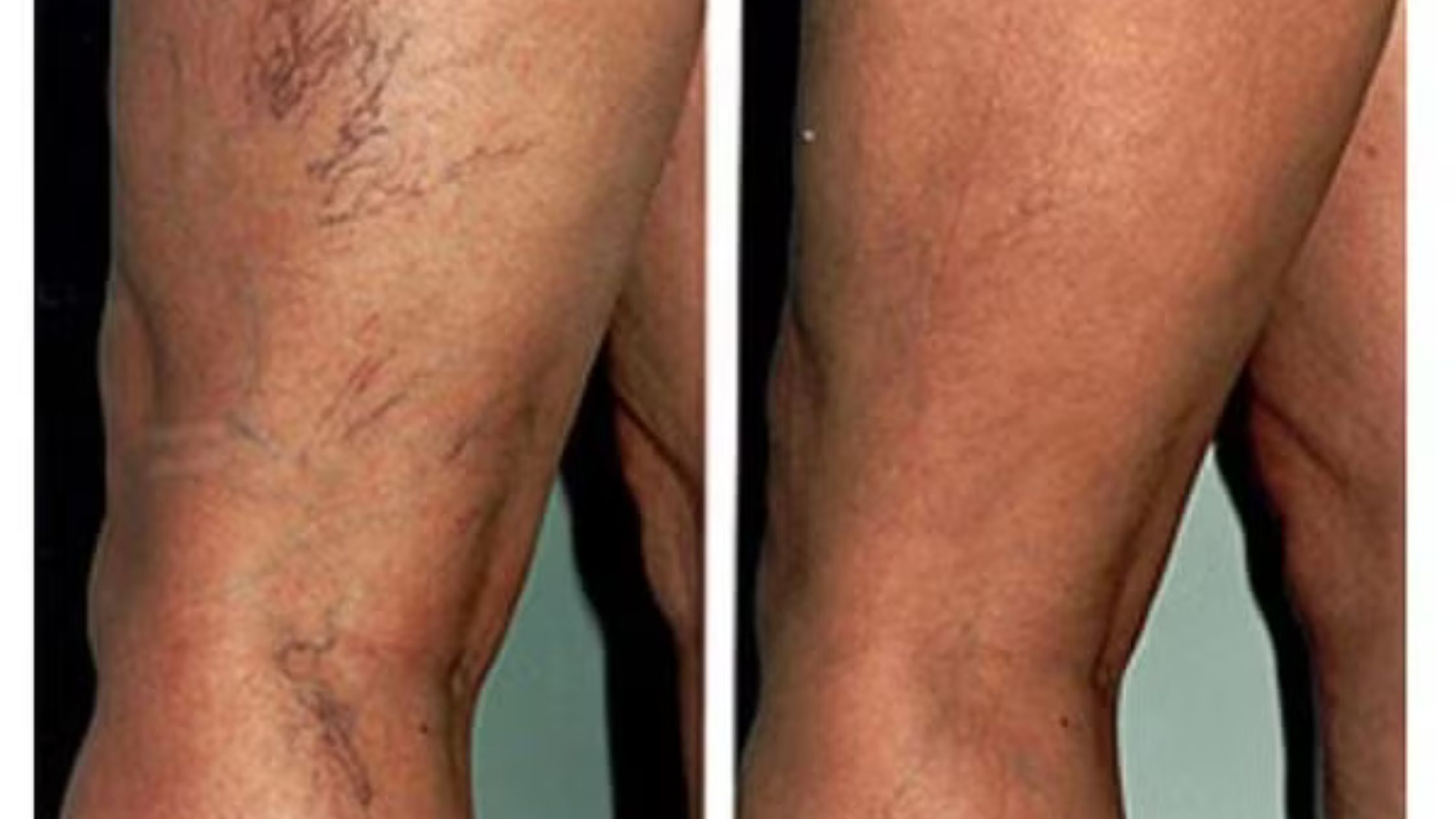
Urinary incontinence is a common issue that affects many people. It can be embarrassing and frustrating, but it is treatable. Understanding the causes and exploring the available treatments can help regain confidence and comfort.
What Is Urinary Incontinence?
Urinary incontinence is the loss of bladder control. It can be mild, like occasional leaks, or severe, where holding urine becomes impossible. Many factors can contribute to this condition, and it affects people of all ages.
Causes of Urinary Incontinence
Several reasons can lead to urinary incontinence. Some common causes include:
- Weak pelvic muscles – Pregnancy, childbirth, and aging can weaken the muscles that control the bladder.
- Hormonal changes – Lower estrogen levels, especially after menopause, can affect bladder function.
- Nerve damage – Conditions like diabetes or injuries to the spine can interfere with bladder signals.
- Infections – Urinary tract infections (UTIs) can cause temporary incontinence.
- Medications – Some drugs, including diuretics and muscle relaxants, can lead to leakage.
- Excess weight – Extra body weight puts more pressure on the bladder, increasing the risk of leaks.
- Chronic conditions – Diseases such as multiple sclerosis and Parkinson’s disease can contribute to incontinence.
- Surgery or trauma – Pelvic surgeries and injuries can damage the muscles and nerves controlling the bladder.
Types of Urinary Incontinence
Not all incontinence is the same. Understanding the different types can help in finding the right treatment.
- Stress incontinence – Leakage happens when coughing, sneezing, or lifting something heavy.
- Urge incontinence – A sudden, strong need to urinate, often leading to accidents.
- Overflow incontinence – The bladder does not empty fully, causing frequent dribbling.
- Functional incontinence – A physical or mental condition prevents timely trips to the bathroom.
- Mixed incontinence – A combination of two or more types, often seen in older adults.
Treatment Options for Urinary Incontinence
The good news is that many treatment options can help manage and improve bladder control. Some of the most effective methods include:
-
Pelvic Floor Exercises
Kegel exercises strengthen the pelvic muscles. Regular practice can improve bladder control over time. These exercises are simple and can be done anywhere, making them an accessible treatment for many people.
-
Lifestyle Changes
Simple changes like reducing caffeine, limiting fluid intake before bedtime, maintaining a healthy weight, and scheduling bathroom breaks can help reduce leakage. Smoking cessation and managing chronic health conditions can also contribute to better bladder control.
-
Laser Therapy for Bladder Control
Advancements in non-invasive treatments like laser therapy have helped many regain bladder control. Laser treatments stimulate collagen production and strengthen vaginal tissue. This can improve support for the bladder, reducing incontinence. Many people find laser therapy to be a painless and effective solution with minimal downtime.
-
Medical Treatments
Doctors may recommend medications that relax the bladder or increase muscle strength. These medications can help reduce urgency and frequency, improving overall bladder function. In some cases, Botox injections may be used to relax overactive bladder muscles.
-
Surgical Options
For severe cases, surgical interventions may be necessary. Procedures like sling surgeries, bladder neck suspension, and artificial urinary sphincters can provide long-term relief. Surgery is usually considered when other treatments do not work.
The Impact of Urinary Incontinence on Daily Life
Urinary incontinence can affect emotional well-being, social life, and even professional settings. Many people feel embarrassed or anxious about potential accidents, leading them to limit activities and social interactions. However, seeking treatment can significantly improve quality of life.
Regain Confidence with Professional Care
If urinary incontinence affects daily life, seeking help from specialists can make a difference. Skincare Laser Centre in Mississauga offers advanced treatments, including vagina tightening, to improve bladder support and overall intimate health. These treatments are safe, effective, and non-invasive. Their team provides personalized solutions to help clients regain control and feel more comfortable in their daily lives.
Summing Up
Urinary incontinence is a common but treatable condition. With the right approach, it is possible to manage symptoms and improve quality of life. Whether through lifestyle changes, exercises, medical interventions, or modern laser treatments, help is available. Ignoring symptoms can lead to unnecessary discomfort and reduced confidence, so taking action is important.
Take the next step towards confidence and comfort. Contact Skincare Laser Centre today to learn more about their advanced solutions, including Vagina Tightening.